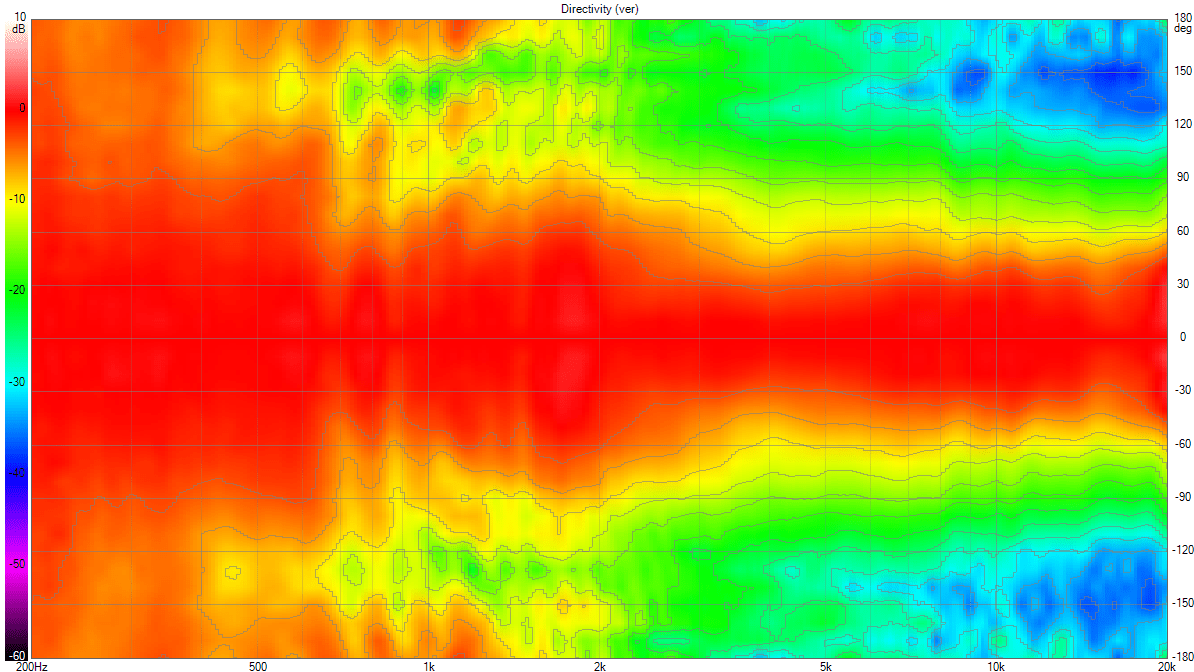
I’ll leave it to KEF to give the concise report: “Metamaterials are specially developed structures that use existing materials in such a way that they exhibit new, desirable properties that are simply not found in naturally occurring substances”.

I could provide a lengthy explanation of this technology but it would make your eyes water. Metamaterial Absorption Technology (MAT) is the main improvement in the Uni-Q design and is a joint development with the Acoustic Metamaterials Group. One definition of Meta is ‘referring to itself or to the conventions of its genre self- referential’, which makes perfect sense when you look at the lineage of this new loudspeaker, however that’s not the reason for its appendage here.
#Ls50 meta vs ls50 driver#
The new LS50 Meta shares the visual style of the older model but there have been many significant improvements, not least in the Uni-Q driver array, now in its 12th generation. When the first LS50s became available I made it my business to hear a pair and shortly thereafter recommended them to a friend who still uses them with no intention of changing. The 12th generation Uni-Q unit now incorporates MAT technology to absorb 99% of unwanted sound from the rear of the tweeter. Attached to top-of-the-range Naim electronics, they produced a full-range yet utterly focused sound that remains one of my all-time favourite listening experiences I’ll never forget it. I didn’t book myself in for the show demo – never an ideal listening environment – as I knew they would later be heading to the show organiser’s acoustically tailored listening room and an invitation would be forthcoming.

I had the privilege of hearing the Uni-Q driver system slightly earlier than that – when it featured in KEF’s Concept Blade loudspeaker, launched at the Bristol Hi-Fi Show in 2010.

KEF’s Uni-Q driver array has been the centrepiece of the LS50 for ten years, the original model first appearing in 2011.


 0 kommentar(er)
0 kommentar(er)
